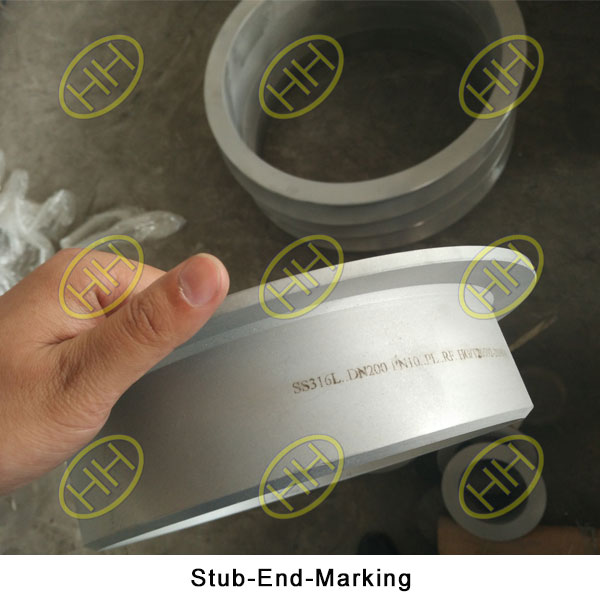Introduction to stub ends and their standards
Recently, a UK customer placed an order with Haihao Group for a batch of ASME B16.9 short pattern stub ends in two sizes: 5 inches and 6 inches. The total order comprised 126 pieces made from A234 WPB material. In this article, we will provide a detailed overview of stub ends, their types, and the standards they comply with.

ANSI B16.9 Seamless Stainless Steel 316L Stub End
What is a Stub End?
A stub end is a type of butt-weld pipe fitting typically used with a lap joint flange to create a flange connection in piping systems. Stub ends are generally formed using stamping processes. Depending on the size and application, they can be manufactured through bending, extrusion, molding, or machining, using either cold or hot working methods. Larger diameter stub ends may also require welding techniques for production.
Standards for Stub Ends:
Stub ends are produced in accordance with a variety of national and international standards to meet the requirements of different regions and industries. Some of the key standards include:
China Standards: GB/T12459, GB/T13401, HG/T21635/21631, SH3408/3409
American Standards: ANSI/ASME B16.9, MSS SP 43
Japanese Standards: JIS B2311/2312/2313
German Standards: DIN2605/2615/2616/2617
European Standards: EN10253
These standards ensure the quality and reliability of stub ends for use in various applications, including oil and gas, chemical, and industrial piping systems. By adhering to these standards, manufacturers like Haihao Group are able to provide high-quality, durable stub ends that meet the needs of international clients.

